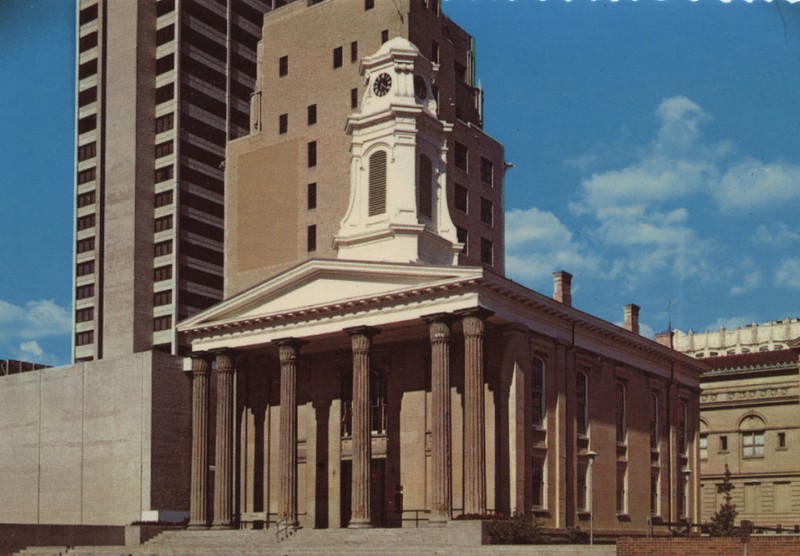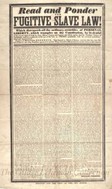St. Joseph County Courthouses and Historic Marker
Introduction
Text-to-speech Audio
Images



Backstory and Context
Text-to-speech Audio
There has been a county courthouse located in downtown South Bend, near the intersection of Washington and Main streets since 1831. The first courthouse, which was constructed that year, became the focal point of trials involving people who worked to assist escaped slaves during the 1840s and 1850s. Two of the court cases argued in the 1831 Courthouse – Norris v. Newton and Norris v. Crocker, ultimately reached the United States Supreme Court.
The 1831 courthouse was replaced in 1855 by the building that currently houses the St. Joseph County Small Claims Court. That Greek revival structure was designed by architect John M. Van Osdel and is the oldest building in downtown South Bend. The 1855 Courthouse served as the St. Joseph County Courthouse for more than 40 years and was moved to its current location near the intersection South Lafayette Boulevard and Washington Street to make room for a larger courthouse that opened in 1896.
That courthouse is where civil and criminal trials are held. The 1896 Courthouse has also been the site of many public demonstrations, and it was the ending point of a silent protest march held in South Bend days after the assassination of the Rev. Martin Luther King, Jr. in 1968. A historical marker commemorating the key role that the courthouses played in civil and human rights history was erected on South Lafayette Boulevard in front of the 1855 Courthouse.
